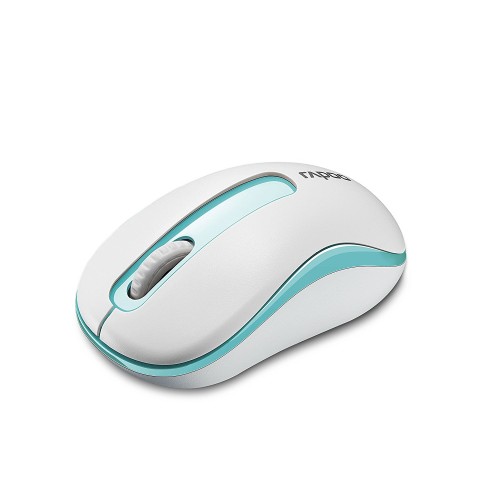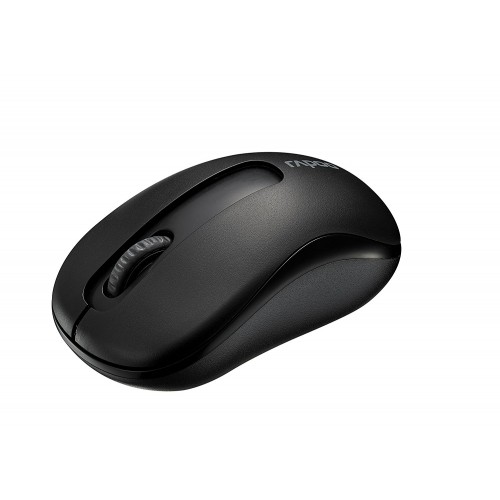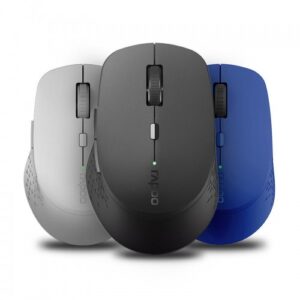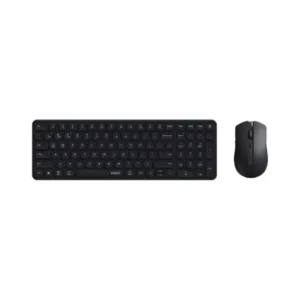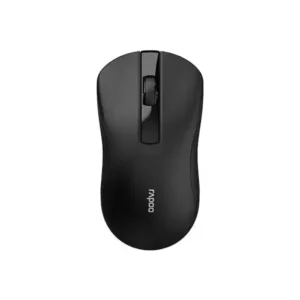Understanding Two-Way Wireless Transmission Technology
Two-way wireless transmission technology plays a pivotal role in modern mouse interfaces, allowing for seamless communication between the device and a computer. Unlike traditional one-way systems, which limit interaction to sending data from the mouse to the computer, two-way systems enable reciprocal communication, where both devices can send and receive information. This advancement significantly enhances user experience by not only improving data transfer speeds but also providing real-time feedback from the mouse, resulting in a more responsive and intuitive interaction.
A crucial aspect of two-way wireless technology is its ability to minimize interference commonly experienced in crowded environments. This is particularly important in spaces teeming with Bluetooth and Wi-Fi signals, where traditional systems might struggle to maintain stable connections. To achieve robust connectivity, modern wireless mice utilize advanced protocols and frequency-hopping techniques, which allow them to dynamically change frequencies, thus reducing the chances of interference. By continuously scanning available channels, these mice can select the clearest pathways for data transmission, ensuring a reliable connection during use.
In real-world applications, the advantages of two-way wireless transmission technology are evident. Users can enjoy an uninterrupted experience even in densely populated areas, such as offices, conference rooms, or public spaces, where numerous devices may emit competing signals. Moreover, this system supports advanced functionalities, such as customizable settings and programmable buttons, all of which benefit from the bidirectional communication that two-way systems offer. As the demand for greater connectivity and responsiveness in peripheral devices continues to grow, two-way wireless technologies are poised to redefine user interaction with their devices.
The Impact of Sensor Technology on Mouse Performance
In the evolving landscape of computer peripherals, the impact of sensor technology on mouse performance cannot be overstated. Modern mice are equipped with advanced sensors, notably the 1000 DPI high-definition invisible tracking engine, which significantly enhances their tracking capabilities. This technology allows for a remarkable degree of precision, making it particularly beneficial for tasks that require meticulous control, such as graphic design or gaming. With a DPI (dots per inch) rating of 1000, these mice can detect even the slightest movement, enabling accurate cursor placements on the screen.
The advantages of invisible tracking are numerous. One significant benefit is the reduction in visibility of the cursor on various surfaces. The invisible tracking technology is designed to work effectively on a wide range of materials, from glossy glass to textured wood, ensuring that users can experience consistent performance regardless of their chosen surface. This flexibility improves usability in different contexts, allowing users to maintain optimal control without being hindered by environmental factors.
When comparing this innovative tracking technology to previous generations, the differences in accuracy and responsiveness areastounding. Older optical and laser sensors often struggled with speed and precision, resulting in lag or jitter during high-paced activities. In contrast, the high-definition invisible tracking engine offers immediate responsiveness, catering to both casual users enjoying basic computing and professional gamers who depend on instant feedback for competitive advantages. This leap in sensor technology fundamentally transforms the user experience by promoting effortless navigation and enhanced productivity.
Ultimately, the introduction of sophisticated sensor technology signifies a pivotal advancement in mouse performance, making these devices more efficient and user-friendly. By harnessing the capabilities of the 1000 DPI high-definition invisible tracking engine, manufacturers are paving the way for a future where two-way wireless mice will meet the diverse needs of users, ranging from everyday tasks to demanding professional applications.

